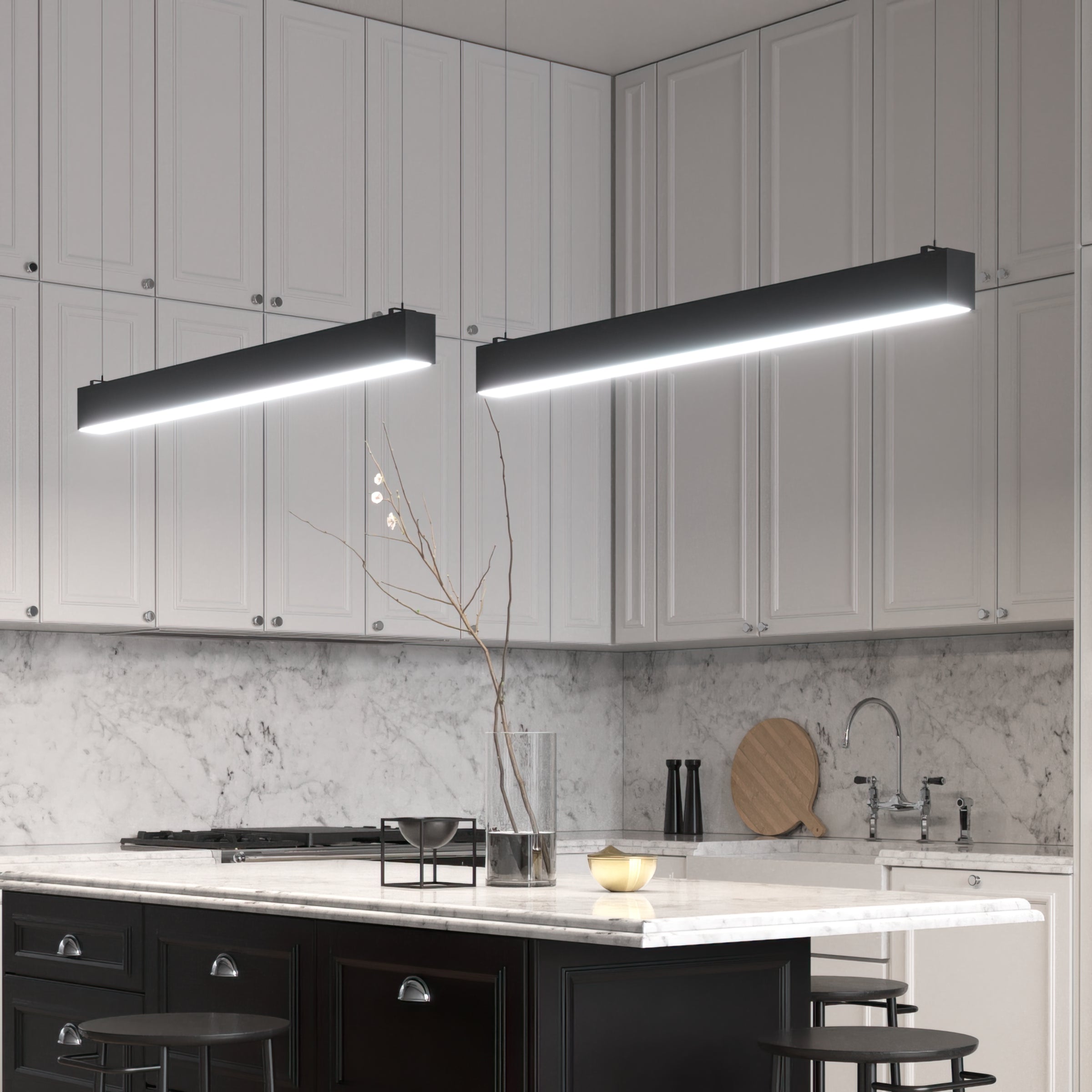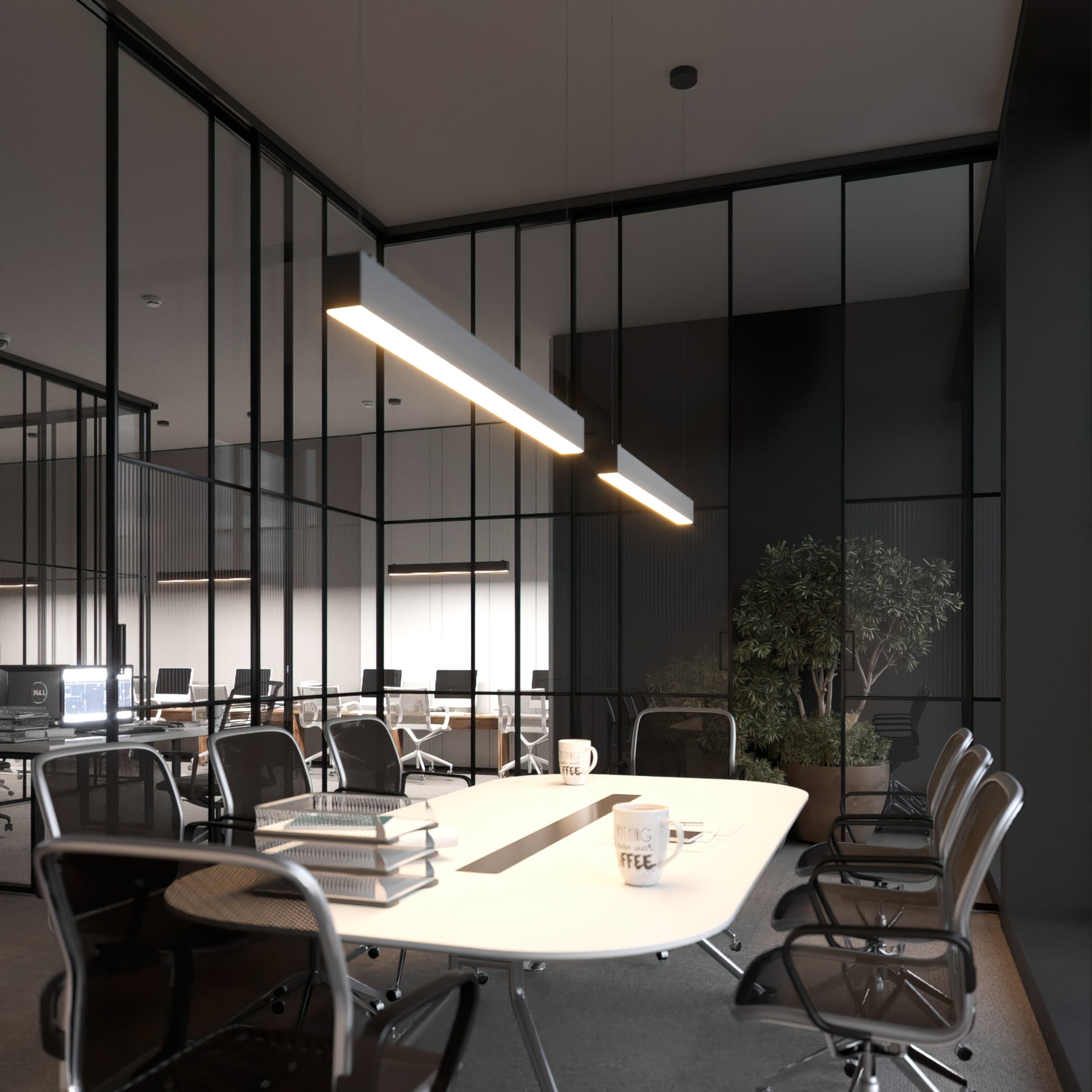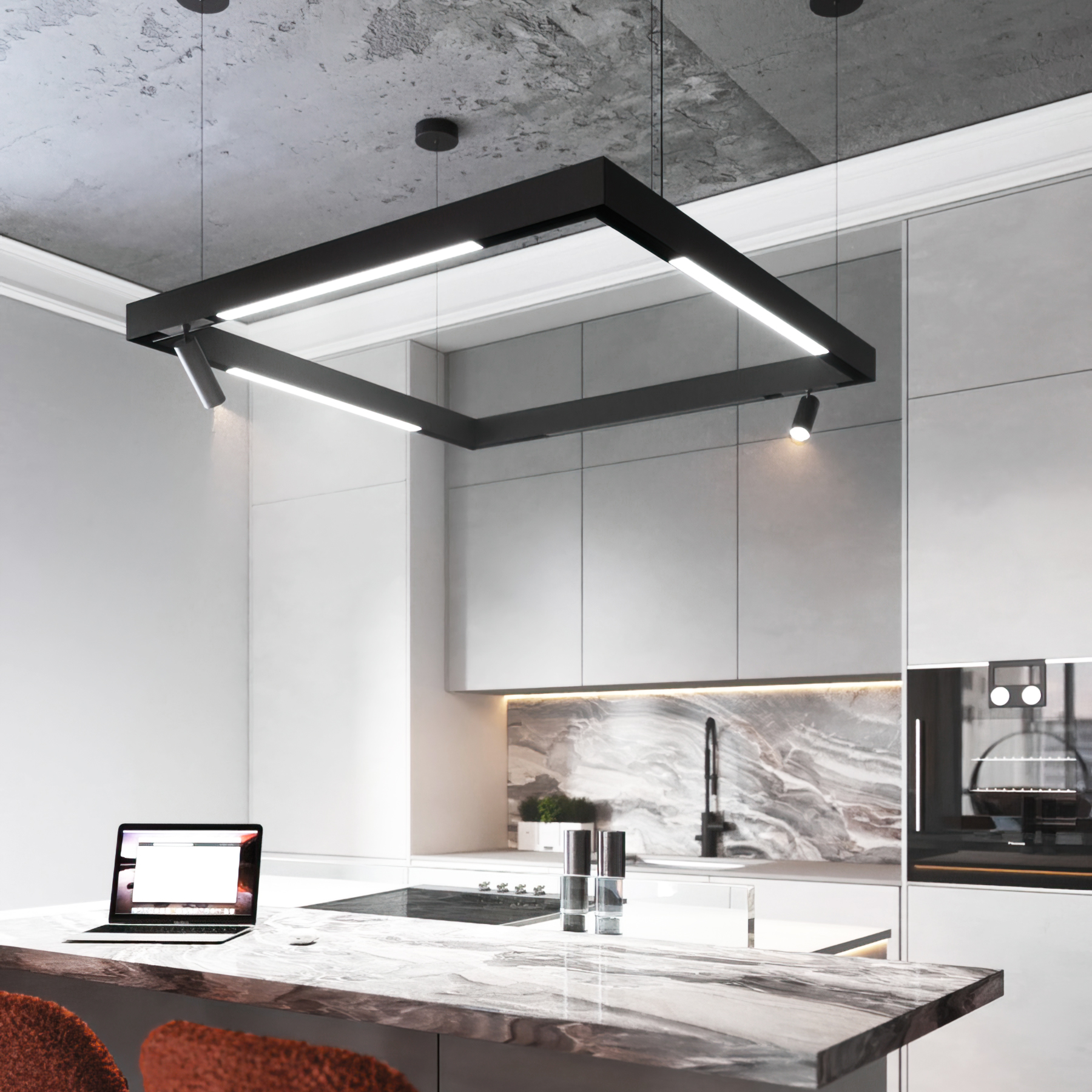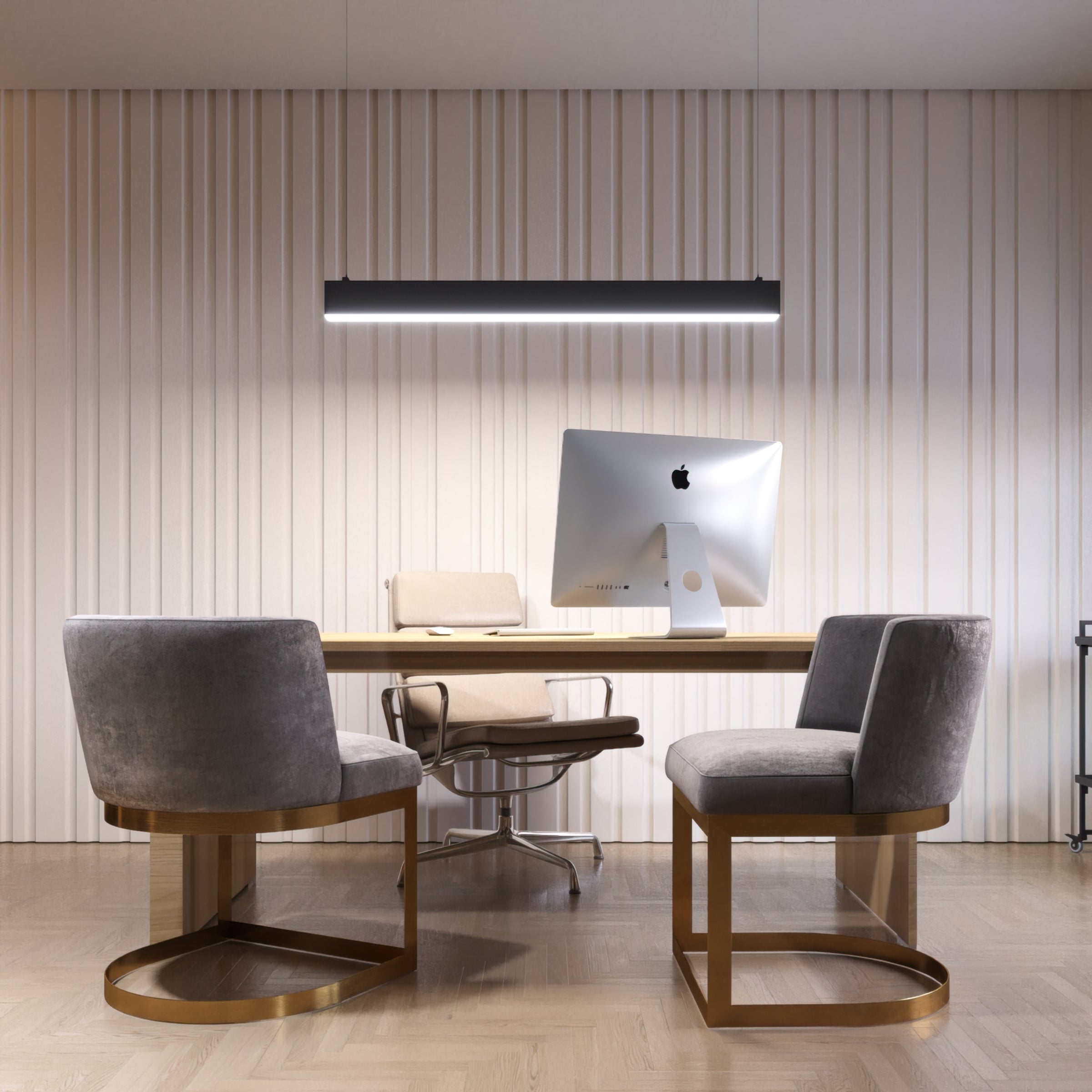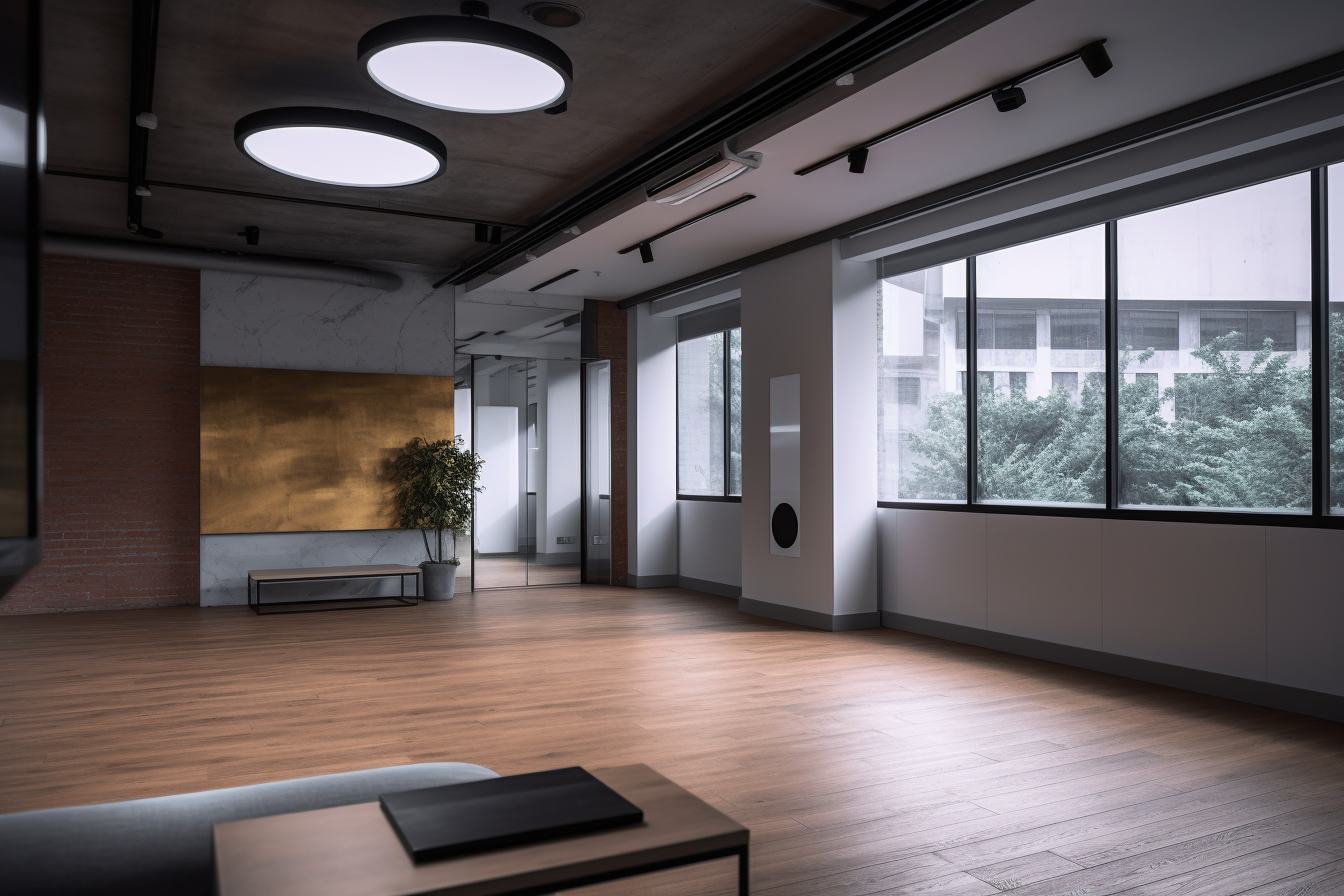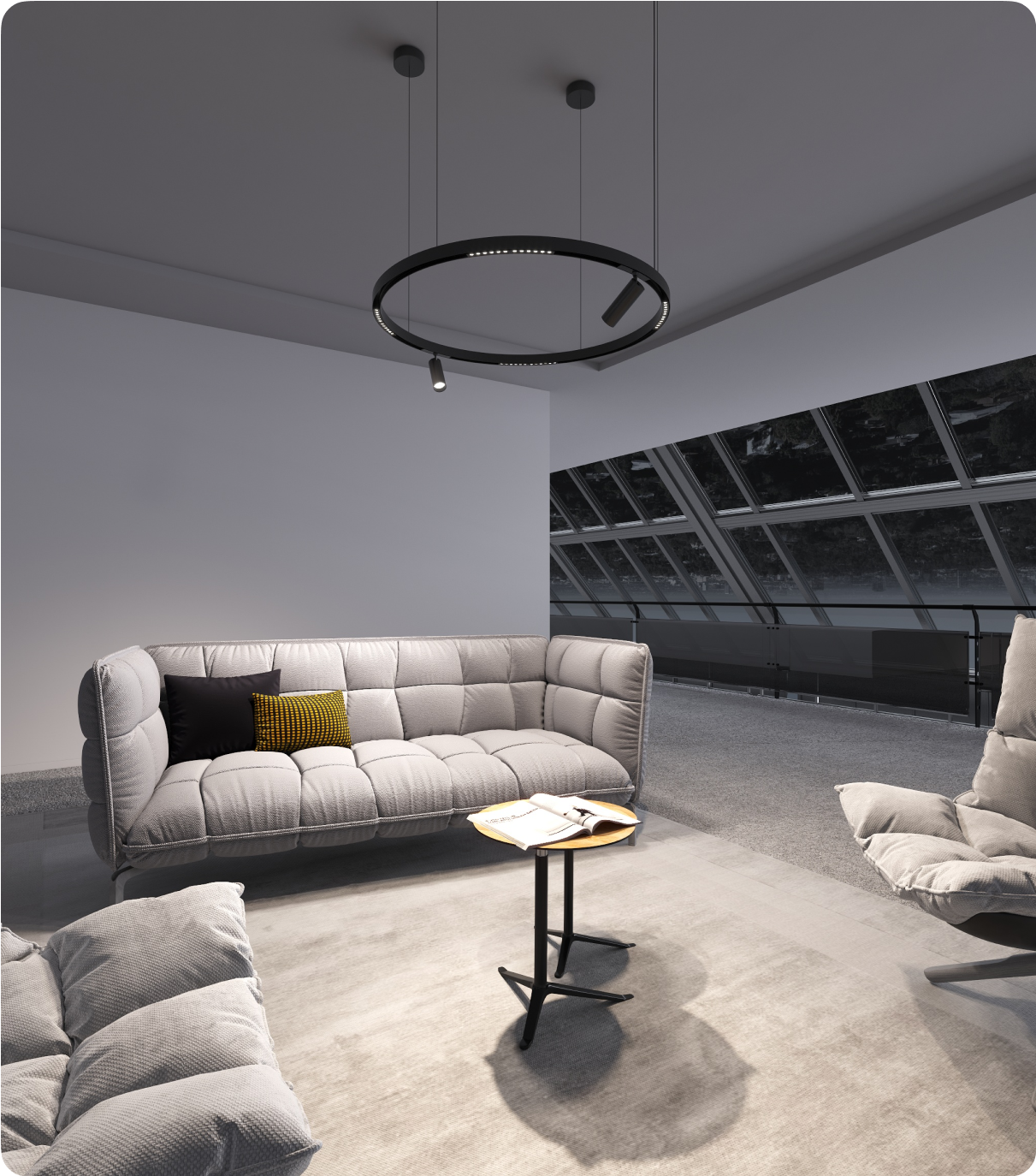When lighting a dance studio, it's essential to consider the space's unique needs. Dance studios require dynamic, flexible lighting that can easily be adjusted to create different moods and atmospheres. Combining different lighting fixtures, including ambient, task, and accent lighting, can achieve this. This article will explore some of the best dance studio lighting ideas to help you create the perfect environment for your dancers.
Lighting Tips for Dance Studio
Choosing the right type of lighting is essential when lighting a dance studio. Here are some tips to ensure you get the perfect lighting for your dance studio.
Go For LED Lights
LED lights should be preferred for dance studio lights for several reasons. They offer the best lumen output to consumed wattage, which can save on monthly utility costs. LED lights are also long-lasting, so you won't need to spend much time or money on replacement lamps. Since they are efficient at creating illumination, they don't generate heat during operation, which is crucial for ensuring dancers' comfort. Additionally, LED lights come in a wide range of specifications, including color rendering index, color temperature, and lumen output, allowing you to get the right solution for your space's size and needs.

Don't Forget about Natural Light
If the dance studio has large windows that don't face any potential distractions, natural light can be a great addition. But, if the building faces distractions, windows should be positioned higher up to avoid any issues.
Consider Ceiling Heights
Several options are available when choosing the type of dance studio fixture. Surface mount lighting is installed flush with the ceiling, while suspended lighting is hung from a chain or cord. Recessed lighting is installed inside the ceiling, resulting in a flatter appearance. The best option usually depends on the height of the ceiling, with recessed lighting being the most recommended. It provides a clean look and leaves more head space for dancers to practice. At the same time, suspended lighting may raise safety concerns depending on the size of the studio. Recessed lighting is also easier to clean and maintain since there is very little of the fixture exposed. It is important to note that recessed lighting requires holes in the ceiling, so if you prefer an option that doesn't require significant changes to the ceiling and stays out of the way, surface-mounted lighting is the ideal choice.
Most Popular Types of Lighting for Dance Studios
- Track Pendants and Systems
Track lighting is a popular choice for dance studios because it provides enough illumination without being too overpowering. Directional track lighting is often used because it can be easily adjusted to achieve the desired beam output. For example, if the studio has wall-to-ceiling mirrors, the direction can be aimed just above them to prevent glare. Check out magnetic track pendant sets for an example.

- LED Linear Fixtures
LED linear fixtures are another great option for ballet classroom fixtures. They are energy-efficient and offer a wide, even distribution of light. This makes them perfect for illuminating a large space like a dance studio. Check out linear LED lights for an example.

- Round Ceiling Lights
Round LED lights are another option for dance studios. They offer a softer, more diffused light than track and linear fixtures. This can be particularly useful for creating a more relaxed atmosphere in the studio. Check out round ceiling LED lights for an example.
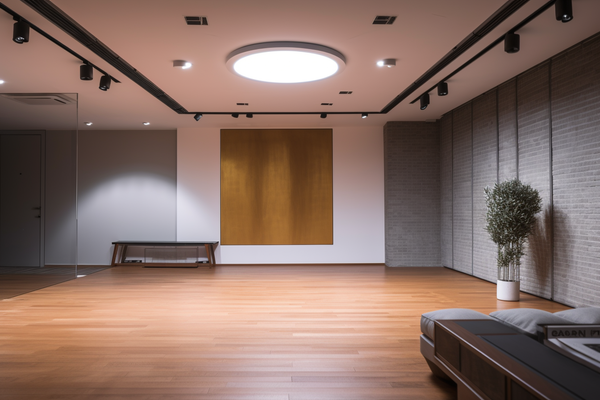
- Sconce Lighting
Sconces can be a good option for dance studio lighting as they provide soft, upward illumination that won't interfere with the visibility of the students. It's important to note that sconces should not be the primary light source but only be used as an additional light source. While some sconces may offer more downlight or equal amounts of directional outputs, they are insufficient for illuminating the entire studio.
Combine Different Light Fixtures
Dancers need a well-designed lighting plan that combines track lights, sconces, and natural light to create the perfect environment. Additionally, it is important to vary the lighting throughout different areas of the studio. For example, the lobby area should be bright, while the dance space should be softer to avoid distractions.
Add Decorative Lighting Elements
Commercial LED light strips are specifically designed for lighting up large and small commercial spaces, with features that make them efficient and durable, even for larger projects. On the other hand, ceiling draping kits are designed to add a dramatic effect to ceilings by using fabric and lights. Drape the fabric over the lights and hang it from the ceiling to achieve a spectacular effect.

